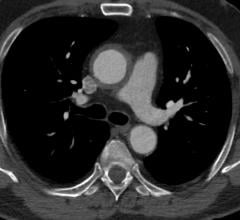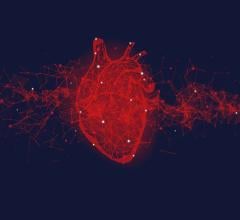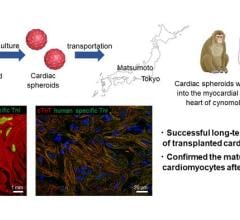Feature | January 23, 2014
Researchers Use PET to Image Vulnerable Plaques Before Rupture
Team tests sugar-based tracer to find inflamed high-risk artery plaques
January 23, 2014 — An international research team at Icahn School of Medicine at Mount Sinai is testing a sugar-based tracer contrast agent to be used with positron emission tomography (PET) imaging to help identify dangerous inflammation and high-risk vulnerable atherosclerotic plaque inside vessel walls that causes acute heart attacks and strokes.
The team investigated possible advantages of the proposed imaging agent fluorodeoxymannose (FDM) sugar-based tracer in comparison to fluorodeoxyglucose (FDG), a glucose-based tracer widely used in patients undergoing PET imaging.
“Pre-clinical testing shows that PET imaging with the radiotracer FDM may potentially offer a more targeted strategy to detect dangerous, high-risk plaques and inflammation that may be associated with serious cardiovascular events,” said Jagat Narula, M.D., Ph.D., principal investigator, director of the cardiovascular imaging program at The Mount Sinai Hospital and associate dean of global health at Icahn. “Although the research team’s investigations of the FDM tracer shows that it performs comparably to the traditional FDG tracer, it is expected that the new sugar tracer may have an advantage to more specifically target inflammation because the plaque infiltrating macrophages develop mannose receptors (MRs).”
Co-author Jogeshwar Mukherjee, Ph.D., and his team of radiochemists at the University of California, Irvine, labeled FDM with Fluorine-18, which enters the cells through glucose transporters. Study results showed mannose is taken up by a specific subset of macrophage cells that dwell in high-risk plaques, which have developed the mannose receptors. This may represent the theoretical advantage of FDM over the FDG tracer. These macrophages (M2) within atherosclerotic plaques tend to overly express MRs, and are especially common in inflamed and hemorrhagic arterial lesions.
In the study FDG and FDM were compared using PET imaging in atherosclerosis animal models. Uptake of each tracer within atherosclerotic plaques and macrophage cells were similar and FDM tracers showed at least a 25 percent higher FDM uptake advantage due to MR-bearing macrophages.
“The FDM binds to MR-bearing macrophages while FDG does not bind to the MR receptors,” said study co-author Zahi Fayad, Ph.D., director of the Translational and Molecular Imaging Institute at Icahn.
Researchers also observed FDM uptake occurred in the presence of atherosclerosis and almost none in non-atherosclerosis control models.
For more information: www.mountsinai.org
© Copyright Wainscot Media. All Rights Reserved.
Subscribe Now


 May 02, 2024
May 02, 2024 








